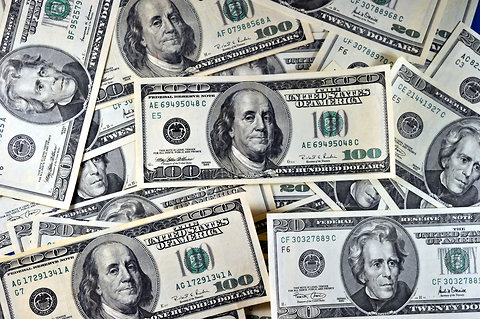Moody’s cut its ratings on the long-term debt of BNP and Credit Agicole by one notch to Aa3, concluding reviews that began in June and were continued in September. Societe Generale’s long-term debt was cut by one notch to A1.
The downgrades were driven by the increasing difficulties the banks were having in raising funding and the worsening economic outlook, Moody’s said.
Late on Thursday Europe’s banking watchdog, the European Banking Authority (EBA), said the region’s banks must find 114.7 billion euros of extra capital, more than predicted two months ago, to make them strong enough to withstand the euro zone debt crisis and restore investor confidence.
But Moody’s said its ratings did take into account the fact that all three French banks were likely to benefit from state support if the crisis deepened.
“Liquidity and funding conditions have deteriorated significantly for ,” said Moody’s, adding that the banks have historically relied on wholesale funding markets.
“The probability that the will face further funding pressures has risen in line with the worsening European debt crisis.”
All three of the banks have undertaken programmes to sell assets to reduce their reliance on outside funding, but Moody’s said that since many European banks were doing the same thing such asset sales might not generate as much money as the banks hoped.
On Thursday, France’s Autorite de Controle Prudentiel (ACP) regulator said the France’s biggest banks needed to find 7.3 billion euros (6.2 billion pounds) in fresh capital by mid-2012, lower than a previous estimate of 8.8 billion euros.
The Moody’s downgrade comes shortly after Standard Poor’s placed its ratings on BNP, Credit Agricole, and Societe Generale on “credit watch with negative implications” on December 7.
SP had earlier put a series of European states, including France, on watch negative over fears that political leaders were not moving decisively enough to curb the deepening sovereign debt crisis.
The three French banks could not immediately be reached for comment.
(Reporting by Leila Abboud, James Regan; Editing by David Cowell and Mike Nesbit)
Article source: http://www.nytimes.com/reuters/2011/12/09/business/business-us-france-banks-moodys.html?partner=rss&emc=rss
